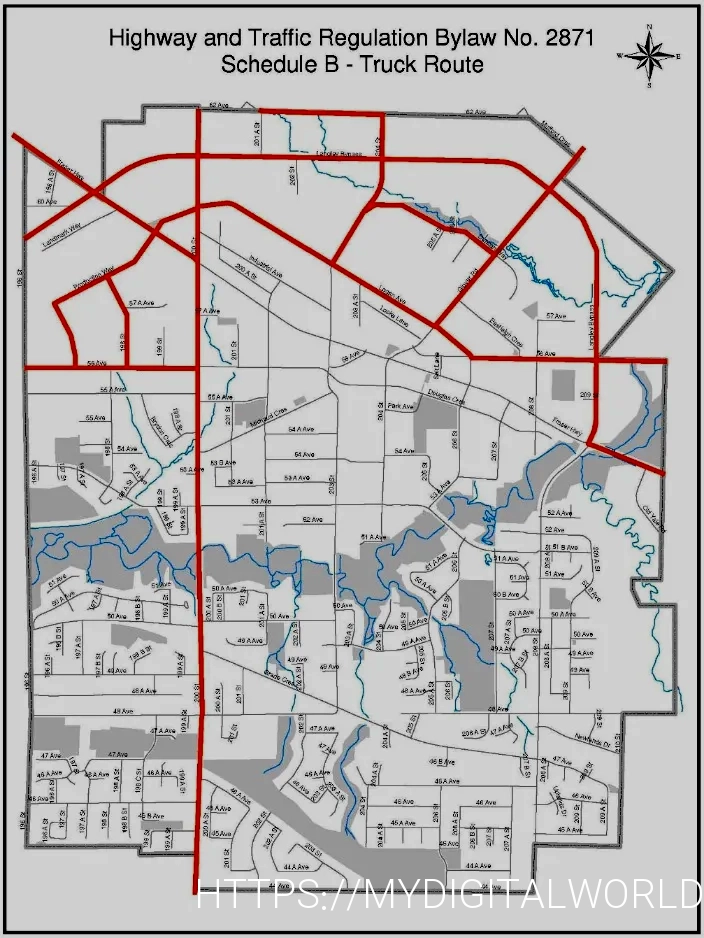The Canadian dollar exchange rates play a pivotal role in global finance and personal transactions. With Canada being one of the most stable economies in the world, the dynamics of its currency significantly affect trade, tourism, and investments both domestically and internationally. When I first traveled to Canada, I was astonished at how the fluctuating Canadian dollar (CAD) impacted everything from the cost of a morning coffee to hotel prices. This personal experience sparked my interest in understanding the factors that influence exchange rates, and it’s a vital topic for anyone engaging in cross-border transactions.
At its core, the term ‘Canadian dollar exchange rates’ refers to the value of the Canadian dollar in relation to other currencies, such as the US dollar, Euro, or Japanese yen. These rates are influenced by various factors, including economic indicators like inflation rates, interest rates, and employment figures. For example, when the Bank of Canada adjusts interest rates, it can lead to shifts in exchange rates as investors seek higher returns. Understanding these rates can help travelers manage their budgets better and enable businesses to make informed decisions about pricing in foreign markets.
- What affects Canadian dollar exchange rates? Understanding the impact of surrounding economic conditions and government policies is essential.
- How can I monitor exchange rates? There are various online platforms and mobile apps that provide real-time updates on currency values.
- Why do exchange rates fluctuate? Market demand, geopolitical events, and economic reports contribute to the variations in currency values.
The significance of Canadian dollar exchange rates extends beyond mere conversions; they’re crucial for international transactions, investments, and even vacation plans. As we delve deeper into this topic, we will explore various aspects, trends, and practical tips that can empower you, whether you’re a business owner, a traveler, or simply curious about how currency exchange works. In summary, understanding the intricacies of the Canadian dollar exchange rates is essential for navigating today’s interconnected world.
Overcoming Challenges of Canadian Dollar Exchange Rates
The Canadian dollar exchange rates present numerous challenges for individuals and businesses alike, particularly for those engaged in international transactions. For instance, when Jennifer, a small business owner in Toronto, imported goods from the United States, she faced a fluctuating Canadian dollar that affected her profit margins. One month, the exchange rate was favorable, allowing her to purchase inventory at a reasonable price. However, just weeks later, the Canadian dollar weakened significantly, resulting in unexpected costs that jeopardized her business liquidity.
These fluctuations can stem from various factors, including economic data releases, geopolitical tensions, and changes in commodity prices. For companies heavily reliant on imports and exports, such as those in the manufacturing sector, understanding and managing Canadian dollar exchange rates becomes essential for financial stability. In a related story, a manufacturing company in Alberta found itself in a bind when the Canadian dollar depreciated just before a crucial export deal. This situation required them to rethink their pricing strategy to remain competitive in the global market.
To overcome these challenges, businesses can implement several strategies. First, closely monitoring exchange rate trends is crucial. Utilizing tools and resources for real-time updates can help firms make informed decisions. Additionally, employing financial instruments like forward contracts can lock in favorable exchange rates, providing a buffer against volatility. For instance, Jennifer learned Local Money Exchange West Vancouver the value of hedging after experiencing losses due to sudden currency fluctuations. By adopting a more proactive approach and examining financing options, Canadian businesses can navigate the turbulent waters of exchange rates more effectively.
Ultimately, understanding the challenges posed by Canadian dollar exchange rates and taking actionable steps can empower individuals and businesses to thrive despite the inherent uncertainties of the marketplace. With the right tools and knowledge, the once-daunting task becomes a manageable part of international trading operations.
Practical Solutions to Overcome Challenges of Canadian Dollar Exchange Rates
The fluctuations in Canadian dollar exchange rates can present significant challenges for businesses and individuals alike. To effectively navigate these changes, it’s essential to adopt innovative strategies that not only mitigate risks but also leverage opportunities for your financial benefit. One lesser-known approach involves utilizing multi-currency accounts, which allows individuals and businesses to hold balances in various currencies, including CAD. This can provide a buffer against unfavorable exchange rates and reduce the cost of conversions when transferring funds internationally.
In my personal experience, using a multi-currency account has tremendously simplified my financial transactions while traveling between Canada and the U.S. It provides immediate access to funds in both currencies, minimizing the loss incurred during conversion. Moreover, leveraging online platforms that specialize in real-time exchange rate monitoring can empower users to make informed decisions on when to convert their money. Such tools often have alerts to notify you of rate fluctuations that could benefit your transactions.
Investing in foreign currency options is another advanced strategy worth considering. This involves purchasing the right to exchange currency at a predetermined rate within a specific timeframe, offering protection against adverse movements. For instance, a Canadian-based export company I worked with adopted this strategy, successfully hedging against currency risks and maintaining their profit margins despite unpredictable fluctuations in CAD. Such success stories highlight the importance of informed decision-making and strategic financial planning in overcoming the challenges of Canadian dollar exchange rates.
Lastly, seeking advice from financial experts who specialize in foreign exchange can provide tailored solutions specific to your financial situation. These professionals can offer insights into market trends and develop a comprehensive strategy that aligns with your goals. Embracing these innovative solutions can effectively mitigate the challenges presented by Canadian dollar exchange rates, paving the way for more stable and profitable financial transactions.
Conclusion: Navigating the Landscape of Canadian Dollar Exchange Rates
In the ever-shifting realm of currency exchange, the Canadian dollar (CAD) presents a fascinating case study for investors and travelers alike. Understanding Canadian dollar exchange rates is crucial as they reflect the strength of Canada’s economy, influenced by factors such as commodity prices, interest rates, and global economic conditions. Over recent years, fluctuations in these rates have left many pondering the future trajectory of the CAD.
While current trends may invoke concern for some, it’s also important to note that the Canadian dollar has historically demonstrated resilience in the face of adversity. Investors looking to optimize their exchange rate strategies should remain vigilant, informed, and adaptable. The interplay between market forces and economic indicators may present opportunities for trading and investment, ultimately leading to favorable outcomes in the long run.
As we reflect on the insights gathered from the current landscape of Canadian dollar exchange rates, it becomes evident that a balanced perspective—recognizing both the challenges and opportunities—will be key in navigating future transactions. Embracing this duality can empower individuals to make informed decisions that cater not only to short-term needs but also align with long-term goals.
| Challenges of Canadian Dollar Exchange Rates | Solutions for Canadian Dollar Exchange Rates |
|---|---|
| Fluctuating global oil prices impact CAD | Diversifying the Canadian economy away from oil reliance |
| Interest rate changes by Bank of Canada | Implementing monetary policies that stabilize rates |
| Trade tensions affecting export markets | Negotiating trade agreements to secure stable markets |
| Political uncertainty impacting investor confidence | Enhancing political stability through transparent governance |
| Inflation rates affecting purchasing power | Controlling inflation through fiscal and monetary measures |
| Changes in US economic performance | Monitoring and adapting to economic indicators from the US |
| Speculation in foreign exchange markets | Strengthening regulations on forex trading activities |
| Effects of global economic conditions | Enhancing responsiveness to global economic shifts |
| Impact of international sanctions on trade | Finding alternative markets for Canadian exports |
| Currency manipulation by other nations | Engaging in diplomatic discussions to ensure fair practices |
category: Finance



